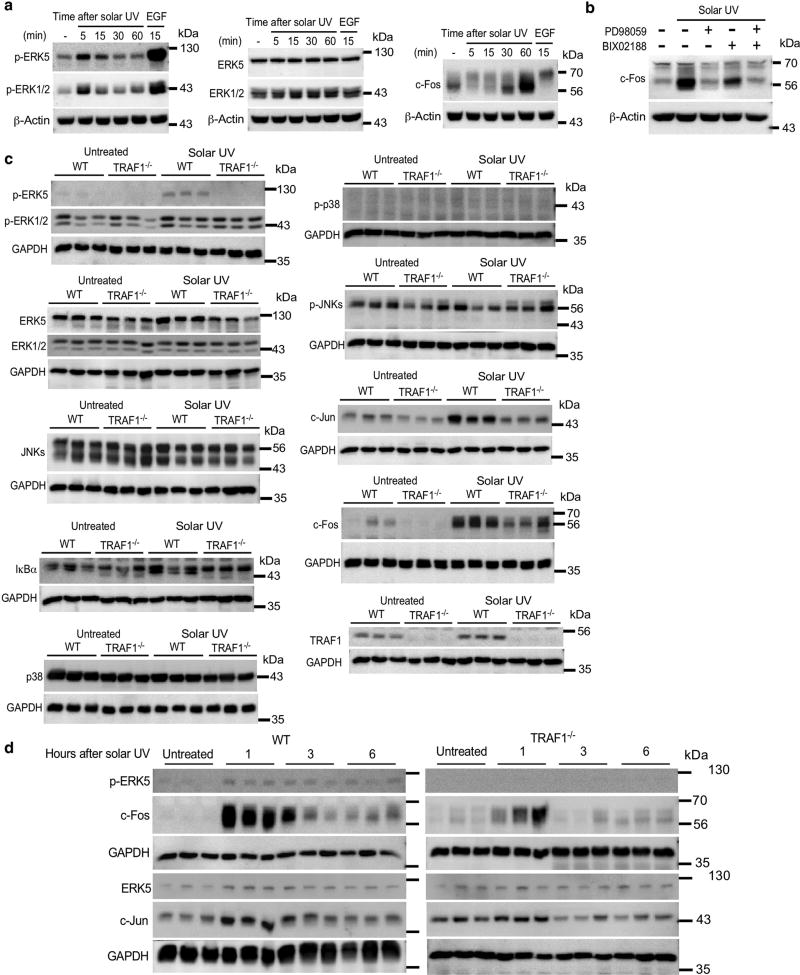Figure 3. TRAF1 regulates the ERK5/AP-1 pathway.
(a) Solar UV irradiation induces ERKS phosphorylation. HEKa cells were cultured in EpiLife medium (Thermo Fisher Scientific, Waltham, MA) with human keratinocyte growth supplement and then incubated in defined keratinocyte–serum-free medium with supplement for 24 hours before being exposed to solar UVR at a dose of 60 kJ/m2 UVA and 2.9 kJ/m2 UVB. EGF (5 ng/ml) was used as a positive control. Cells were harvested at the indicated time point after solar UVR or EGF exposure, and samples were prepared for Western blot analysis. (b) Inhibition of the MEKS/ERKS pathway impairs solar UVR-induced c-Fos expression. HEKa cells were incubated in defined keratinocyte–serum-free medium with supplement for 24 hours and then treated with 25 µmol/L PD980S9 and/or 25 µmol/L BIX02188 for 1 hour before being exposed to solar UVR at a dose of 60 kJ/m2 UVA and 2.9 kJ/m2 UVB. Cells were harvested at the indicated time point, and samples were prepared for Western blot analysis. (c, d) TRAF1 is required for solar UVR-induced activation of the ERKS/AP-1 pathway in mouse skin. The shaved back of mice was irradiated with solar UVR at a dosage of 149 kJ/m2 UVA and 7.2 kJ/m2 UVB per day for 2 days. Mice were killed at the required time point (c, at 1 hour; d, at 1, 3, or 6 hours) and then skin was collected. The epidermis from each piece of mouse skin was scraped and homogenized with RIPA buffer and then analyzed by Western blot (left). See Supplementary Figure S2 for quantitation. ERK, extracellular signal-regulated kinase; JNK, c-Jun N-terminal kinase; GAPDH, glyceraldehyde-3-phosphate dehydrogenase; HEKa, adult human epidermal keratinocyte; MEK, mitogen-activated protein kinase/extracellular signal-regulated kinase kinase; min, minutes; p-, phosphorylated; WT, wild type.

